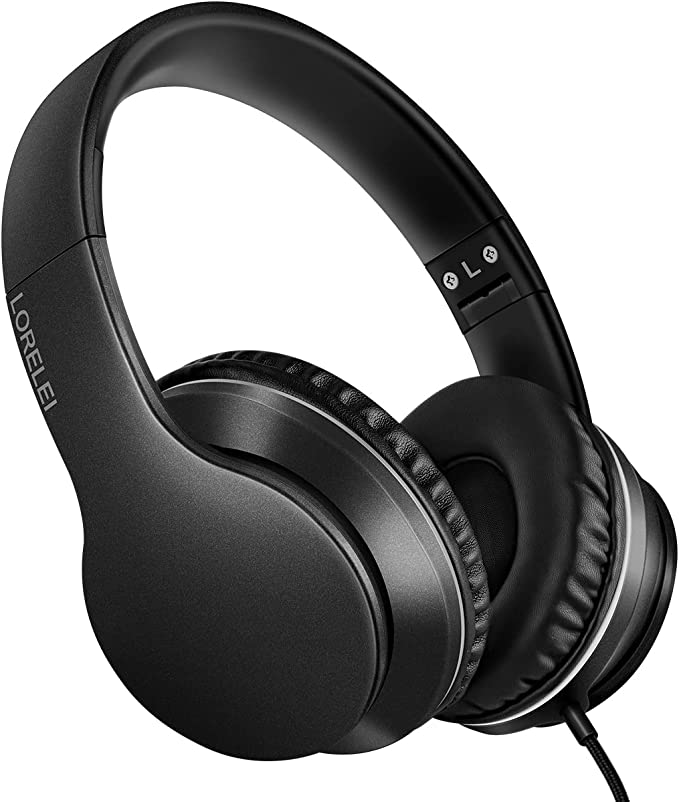It’s 1982. You’re in Westlake Recording Studios, Los Angeles. The air is thick with creative tension. Quincy Jones is at the helm, and a young Michael Jackson is ready to record vocals for a project that will become the best-selling album of all time: Thriller. Standing before him is not a glittering, expensive European condenser microphone—the typical choice for a superstar vocalist—but a rugged, utilitarian-looking microphone originally designed for the unglamorous world of radio broadcasting. The engineer, the legendary Bruce Swedien, has chosen the Shure SM7.
This moment was a quiet turning point. The SM7, predecessor to today’s iconic Shure SM7B Vocal Dynamic Microphone, was selected for a simple reason: it solved problems. What Swedien understood then, and what generations of artists, podcasters, and streamers have discovered since, is that the SM7B’s genius lies not in what it captures, but in what it masterfully rejects. It’s less a simple recording device and more a fortress of solitude, meticulously engineered to defend the human voice against its three mortal enemies.

The Architect of Silence: A Fortress for the Voice
To understand the SM7B is to understand the art of exclusion. In a world obsessed with high-fidelity and capturing every minute detail, the SM7B operates on a philosophy of subtraction. It assumes your recording environment is imperfect. It anticipates the physical and electrical gremlins that haunt every studio, from a billion-dollar facility to a bedroom closet. And it was built, piece by piece, to defeat them using the uncompromising laws of physics.
Enemy #1: The Room Itself. The Defense: A Spotlight in the Dark
The first and most pervasive enemy of clean audio is the room itself. Sound doesn’t just travel from your mouth to the microphone; it bounces off every wall, the ceiling, your desk, and the monitor, arriving at the microphone a millisecond later as a wash of distracting echo and reverb.
The SM7B’s first line of defense is its cardioid polar pattern, but its effectiveness is magnified by a fundamental principle of physics: the Inverse Square Law. This law states that for every doubling of distance from a sound source, the perceived energy drops by 75%. The SM7B is a low-sensitivity dynamic mic, meaning it’s already less interested in quiet, distant sounds. When you speak close to it, your voice is immensely powerful relative to the reflections arriving from across the room.
Think of the cardioid pattern as a spotlight of hearing in a dark room. It illuminates you, the subject, in a tight, bright circle. Everything else—the sound of your air conditioner, the traffic outside, the echo of your own voice—is left in the acoustic darkness. This is why the SM7B is the king of untreated spaces; it allows you to record in a less-than-ideal room and get a result that sounds focused, intimate, and professional, as if the room itself wasn’t even there.

Enemy #2: The Invisible Hum. The Defense: The Anti-Noise Engine
The second enemy is invisible and insidious: the 60-cycle hum generated by the magnetic fields of power supplies, computer monitors, and fluorescent lights. This electromagnetic interference (EMI) can creep into audio cables and manifest as a persistent, low-level buzz.
While many microphones have basic shielding, the SM7B contains a brilliant piece of engineering often overlooked: an internal humbucking coil. If you’re familiar with electric guitars, you’ve heard of humbucker pickups, and the principle is identical. The microphone has a second, “dummy” coil wired out of phase with the main coil that captures the voice. Both coils are bathed in the same ambient electrical hum, but because they are wired in opposition, when the signals are combined, the identical hum signals cancel each other out. The vocal signal, which is only picked up by the main coil, passes through unaffected.
It’s an elegant, passive noise-canceling engine for electrical interference, ensuring the signal is pristine before it even begins its journey down the XLR cable.
Enemy #3: The Physical Assault. The Defense: A Floating Core and a Dual-Layer Shield
The final enemy is the physical world itself. A bump on your desk can create a low-end rumble. The explosive burst of air from speaking a hard “p” or “b” sound—a plosive—can overwhelm a microphone’s diaphragm and create a distorted “pop.” The SM7B treats these physical threats with the seriousness of a military-grade vehicle.
Its primary weapon is an internal air suspension shock mount. The actual capsule—the microphone’s sensitive core—isn’t rigidly bolted to the chassis. Instead, it is mounted within a pneumatic suspension system that isolates it from the external casing. It’s like placing the driver’s seat of a jeep on its own set of shock absorbers. You can jostle the mic stand or bump the boom arm, and those vibrations are largely absorbed before they can ever reach the capsule and become sound.
Against plosives, it deploys a dual-layer defense. It comes with two different windscreens, which are far more than simple pieces of foam. They are engineered acoustic filters. The classic, larger A7WS windscreen is designed for aggressive, close-talk applications like broadcasting or voice-over, creating a significant air gap that slows and disperses the burst of air from plosives before it can strike the diaphragm. For singing, the thinner, standard windscreen offers protection without subtly altering the high-frequency response.

The Echo of a Legend: From a 70s Broadcast Booth to a 2025 Bedroom
The genius of the Shure SM7B is that the problems it was designed to solve in the 1970s are the very same problems that plague creators today. The hum from a massive analog mixing console is now the hum from a multi-monitor gaming setup. The plosives of a booming radio DJ are now the plosives of a passionate podcaster leaning into the mic. The need to isolate a voice from the clatter of a newsroom teletype is now the need to isolate it from the furious clicks of a mechanical keyboard.
Of course, this robust, problem-solving architecture comes at a price. The low-sensitivity design and internal circuitry that make it so resilient also mean it requires a substantial amount of clean gain—amplification—from an audio interface or preamplifier. This isn’t a flaw; it is an honest trade-off. The SM7B is a high-performance machine, and it demands a capable engine to drive it.
An Icon by Design, Not by Chance
The Shure SM7B did not become an icon by accident or by marketing. It did so because it is a sublime example of purpose-driven engineering. In a world of fragile, overly sensitive devices, it is a tank. In an imperfect acoustic world, it is an instrument of control. It doesn’t just capture sound; it defends it. Its enduring presence in the world’s best studios and on the desks of top creators is the ultimate proof that solving fundamental problems with brilliant design is, and always will be, timeless.




